Ad from 1935.
Ripped directly from Wikipedia... In 1924, Edward Rogers formed Rogers Radio Ltd of Toronto to manufacture radios. While visiting the United States, he witnessed an experimental tube operating using AC current demonstrated by Frederick S. McCullough. The demonstration proved that an AC operated vacuum tube was feasible, but it exhibited too much hum, due to the filament cycling at the generator frequency. Returning to Canada, Rogers experimented with ways to reduce this hum by redesigning the filament and successfully demonstrating the hum reduction in the fall of 1924.
The Standard Radio Manufacturing Corporation was formed in 1925 to mass-produce this new AC operated vacuum tube. Rogers produced and marketed one of the first Canadian and United States AC operated triode vacuum tubes with the production of the Rogers R30 and R32. RCA would market the UX-226 AC triode in September 1926.
In 1928, Rogers changed the name from Standard Radio Manufacturing to the Rogers Radio Tube Company Ltd. Rogers by this time had put more emphasis in vacuum tube development and manufacturing over the manufacture and selling of radio sets.
As well as developing radio receivers he was getting interested in the broadcasting end of the business and in 1927 started the radio station CFRB. Not content with audio, in 1931 he was granted the first television license. He passed away at 39 years of age in 1939, leaving a son Ted Jnr. who, following in his fathers footsteps, entered the broadcasting business in 1960 with the radio station CHFI FM. Ted Jnr. also saw the future in cable television and by 1979 Rogers Cable TV dominated the Canadian market.




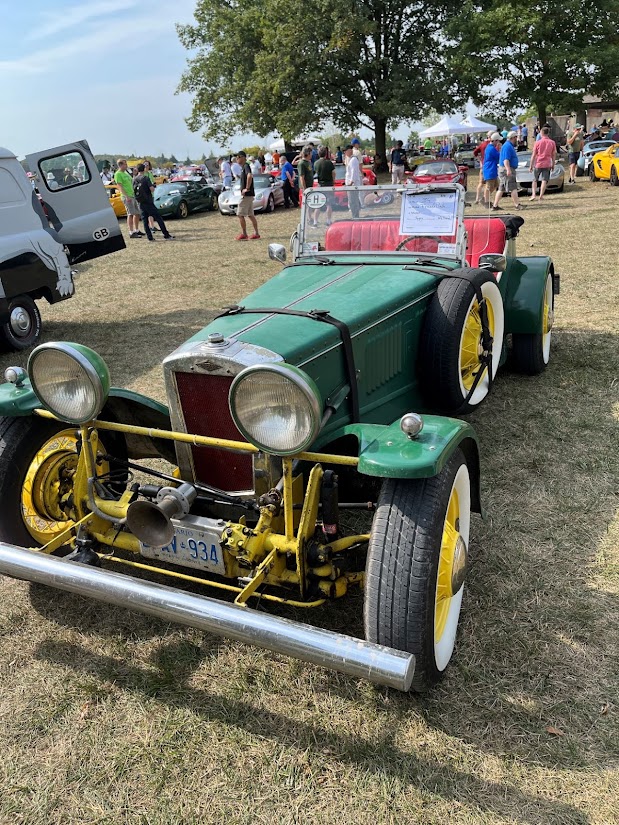








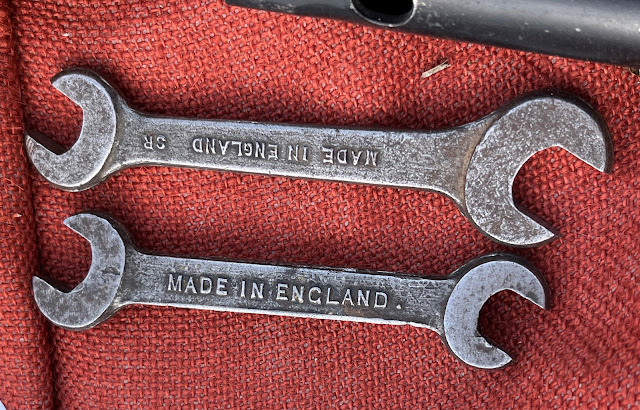




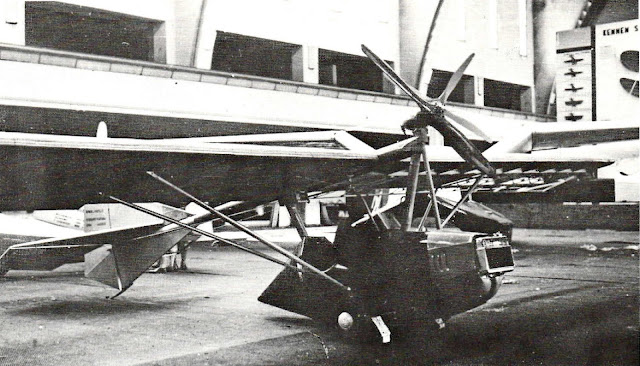
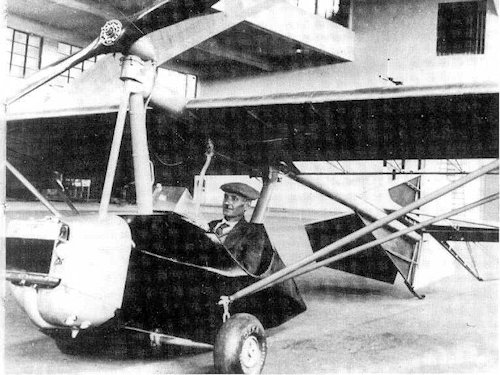












.JPG)
.JPG)








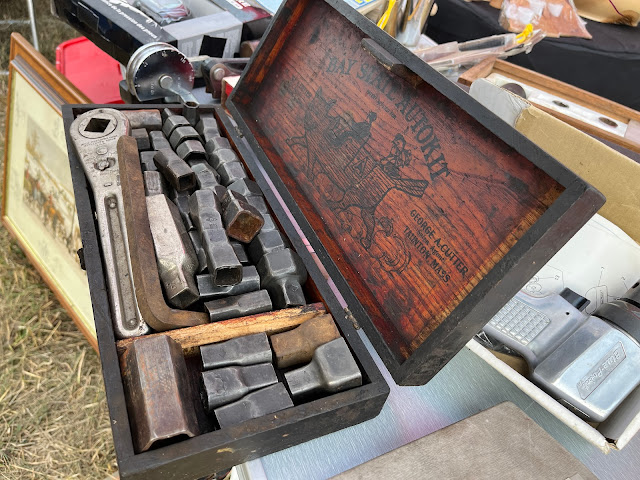
.jpg)
.jpg)
.jpg)

.JPG)
.JPG)
.JPG)